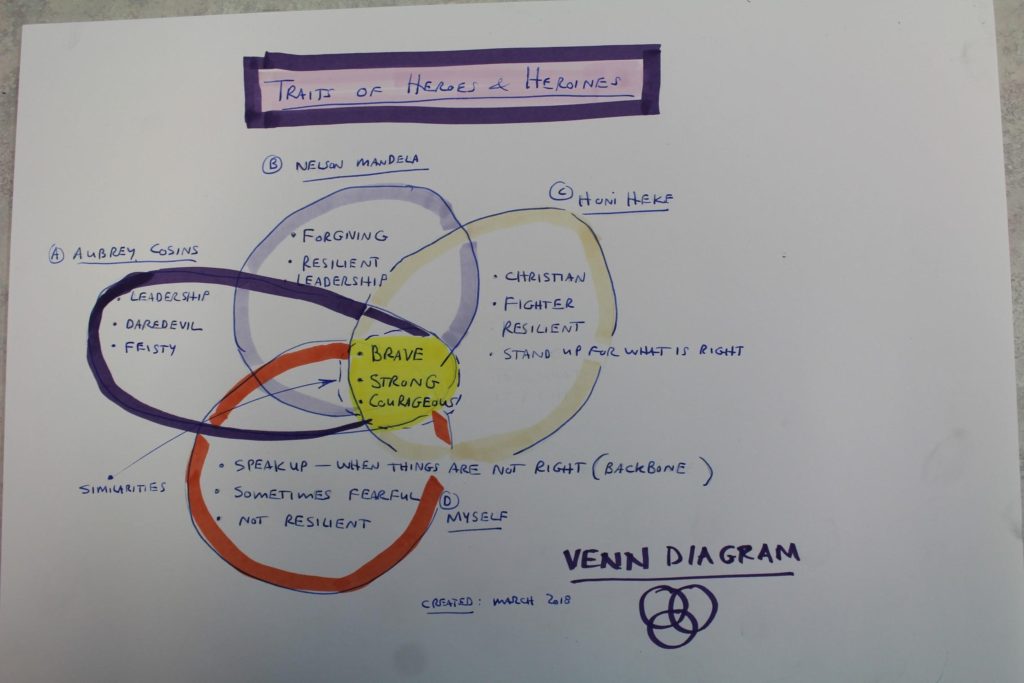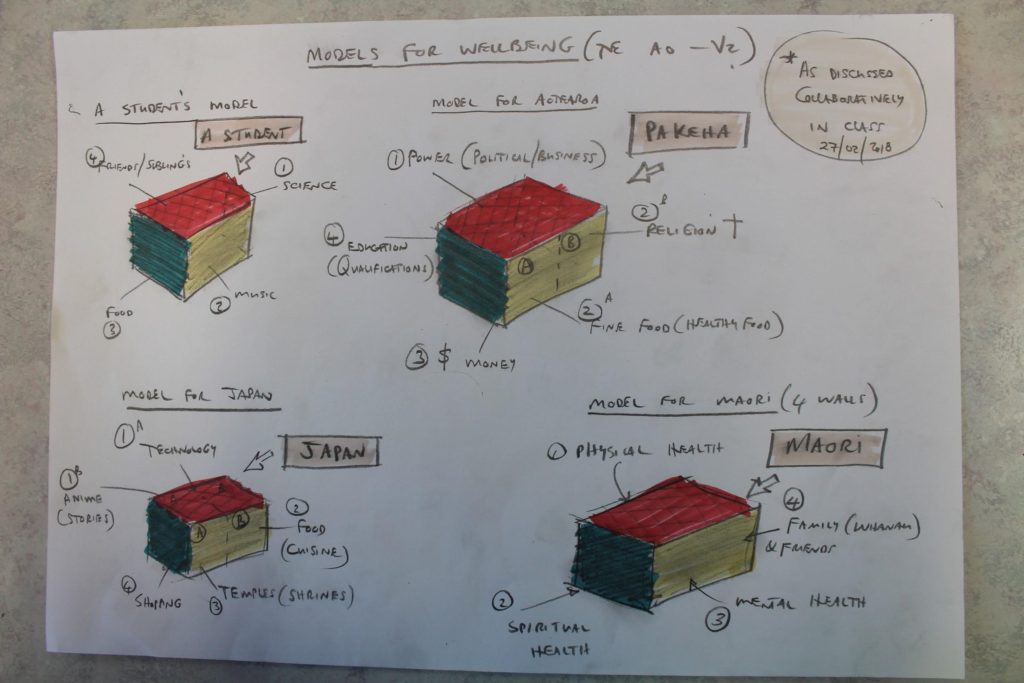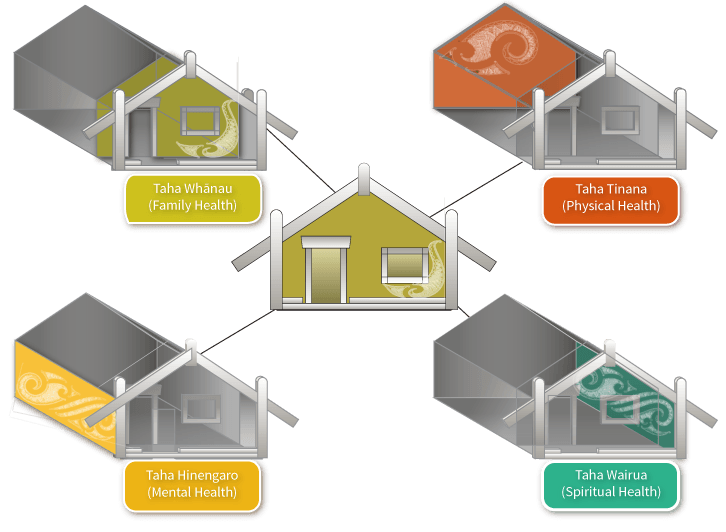$0.00
Booklet details: 41 Pages. 5100 words with many images (illustrations).
Teachers notes:
The lesson is developed for teaching a Maori unit of work, which is multi-layered (Integrated Curriculum). A Global perspective is implemented to allow the diverse range of student – like in a New Zealand context – to engage in a meaningful way. It includes Maori culture (indigenous people of New Zealand) and the students are challenged to research the heroes and heroines from other cultures. Students are prompted to compare the different heroes of Maori and other cultures (Venn diagram). The different categories of heroes are touched on. The lesson progressed, asking students to identify, not only the traits of their heroes but also the heroic characteristics in their own lives. For example, resilience could be an identified trait of the student. The student is asked to research how resilience or strength are developed for young people. Lastly, the students are asked to type up a strategy on how they could develop their own traits associated with heroism. Just to complete High School is a great accomplishment! See the Haki Te Tuna story (eel/freshwater fish) which explains the barriers (dangers and distractions) in the booklet. The story depicts an eel (high school student) who has to navigate its path through the Waikato River (NZ) to reach the sea (wide world after completing High School).
There are many barriers – students are asked to identify those barriers (e.g. drugs, the influence of friends, family relationships, and more). Students are also prompted to consider their model for Health. The Maori model Te Whare Tapa Wha has 4 significant walls, Family, Spiritual, Mental, and Physical. The question to students is “What are the 4 x necessary walls for your Health. Students have indicated in the past ideas like Money, Food, Sleep, Social Media, and more as essential walls (support). Students have to make a simple sketch of a building and label these substantial walls in their lives. The lesson concludes with a game of Minecraft, namely Superheroes (fun component).
KEYWORDS:
Heroes, heroines, global citizenship, culture, Maori, diversity, New Zealand, Venn Diagram, traits, resilience, strategy, Haki Te Tuna, eel, barriers, poster, Te Whare Tapa Wha, Health, mental health, spiritual, mental, wellbeing, Hone Heke, Aubrey Cosins, Thomas Edison, Nelson Mandela, Joan of Arc.
TABLE OF CONTENTS:
Tuahangata (Heroes) – Page 3
Tuawahine (Heroines) 3
THE LESSON IN ONE PARAGRAPH: 3
CONCLUSION: Fun activity to wrap up the lesson: Minecraft game – SUPERHEROES (BECOME EPIC HEROES & VILLAINS WITH POWERS!) 3
INTRODUCTION 8
INSTRUCTION: Compile your work in a Google doc. Share it with your teachers 8
- CHOOSE YOUR PERSONAL HERO OR HEROINE 8
Example of a hero: Aubrey Cosens 8
- ARE THERE DIFFERENT CATEGORIES OF H/H? 9
- War Heroes & Heroines 9
- Political H/H 9
- Business H/H 10
- Sports H/H 10
- Can you identify and name a Maori H/H or a Maori legend? Or, someone from your culture or country (immigrants). 11
- IDENTIFY THE CHARACTERISTICS AND TRAITS OF YOUR H/H AND THE MAORI H/H YOU HAVE CHOSEN? ANY SIMILARITIES? 13
HERO TRAITS: NELSON MANDELA (SOUTH AFRICA) 13
- CONSIDER YOURSELF AS A POTENTIAL H/H. WHAT ARE THE TRAITS THAT COULD POSSIBLY MAKE YOU A H/H? LIST THEM AND TYPE UP WHY YOU THINK THEY ARE YOUR STRENGTHS? 17
- Integrity 18
- Honesty 18
- Loyalty 19
- Respectfulness 19
- Responsibility 19
- Humility 19
- Compassion 19
- Fairness 19
- Forgiveness 19
- Authenticity 19
- Courageousness 19
- Create a Venn-diagram illustrating and communicating the traits of your H/H’s, a Maori legend, and your H/H traits. 20
- Create a poster on canva.com, which describes YOUR strong traits. 20
Examples: 21
- Which of your traits can you improve on? How will you improve or develop it? 26
Building Resilience in Children – 20 Practical, Powerful Strategies (Backed by Science). 27
AN INSPIRING REAL LIFE STORY: Developing Resilience 27
Overcoming and Growing From Setbacks 27
- My strategy on how to develop my resilience: 28
- Now find some Maori words for the 4 different traits you chose or developed earlier. Translate your traits into Maori. Compare it to your Te Whare Tapa Wha (the four walls that are important to you). 29
- Translate your strategy into Te Reo MAORI. Answer the question ‘How I can improve my resilience.’ Discuss your word choices with your teacher. Type it up in Te Reo. Use the online Maori dictionary. 29
Examples: 29
- Remember the story of Haki (Jack the Eel) Te Tuna? How can you navigate your way safely through High School? Think about the traits of a H/H, as well as your personal model of Te Whare Tapa Wha, when you answer this question. 30
TE WHARE TAPA WHA MODELS: 32
- Now, wrap up the lesson with a game of Minecraft. SUPERHEROES (BECOME EPIC HEROES & VILLAINS WITH POWERS!) 32
Additional heroin you could consider: Joan of Arc 34
Teachers notes: 35
KEYWORDS: 36
About the teacher Page – 37

Venn diagram: Similarities heroes, heroines, Maori Legends/H/H and myself. See Hone Heke, Nelson Mandela, Aubrey Cosins, and Myself. CREDIT: W Van Zyl

Remember the models we discussed? See the copy to refresh your memory. Shown is the model of a Japanese student, a Pakeha (European) student, a student that believes in science only (belief system), and a Maori student. See the contrasts by comparing the 4 walls of each model. It illustrates the diversity and uniqueness of cultures and people living together in a very diverse society – for example, New Zealand. Think about your personal Te Whare Tapa Wha. What are those important walls you chose for your wellbeing? Use your model in this lesson to design and develop the trait or traits you are focusing on!
TE WHARE TAPA WHA (MAORI MODEL FOR HEALTH)

Credit: https://www.maorimenshealth.co.nz/te-whare-tapa-wha-health-whare/
